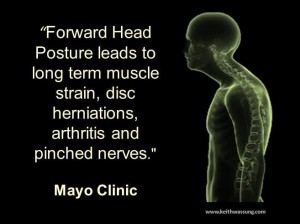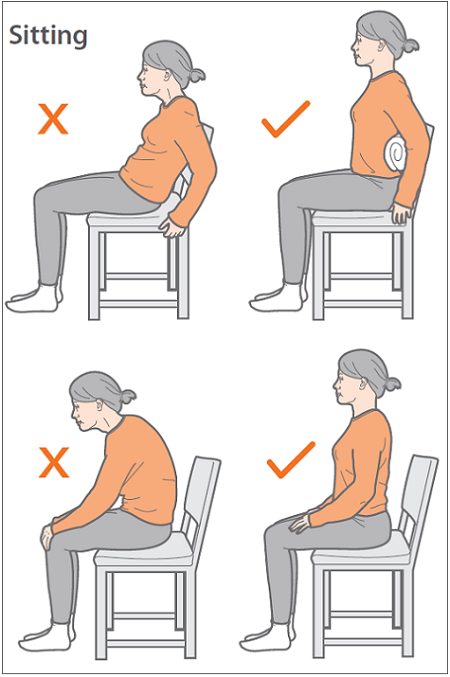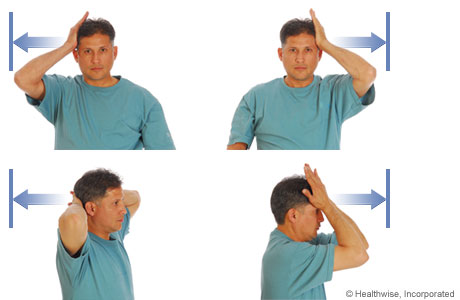Sightpath is proud to work with more than 1300 surgeons in facilities and practices nationwide. As a partner in our customer’s success, we periodically provide resources and content to inspire efficiency and improve workflow. Frequently, we hear from surgeons with whom we partner that the positions assumed in case day situations cause stress, discomfort, strain or worse for them. The following is the first in a 2-part series written by our friend Kirk McFarland, CPT, NASM, NSCA. Kirk is a Certified Personal Trainer and Nutrition Coach with Life Time Fitness in Eden Prairie, MN. The following article was created to help Sightpath surgeons alleviate the aforementioned physical complaints.

According to the National Academy of Sports Medicine, poor body alignment may cause degeneration, altered movement patterns, imbalanced muscles and can trigger stresses on the body. These traumas, known as postural distortion patterns, lead to tissue and joint stress throughout the body.
In the American Journal of Ophthalmology, a 2005 survey of self-reported musculoskeletal disorders (MSD) involving the neck, upper body, and low back showed that 51.8% of the 697 ophthalmologists participating had symptoms in these areas in the prior month.
Christopher Kent, Senior Editor of Review of Ophthalmology, reports that these disorders contribute to disability, loss of productivity, and can lead to disability. Fortunately, the faulty postural positions leading to repetitive stress on the neck, back, shoulders, and arms can be adjusted with proactive measures.
In his interview with Sandra Woolley, PhD, CPE, ergonomist and expert in occupational safety at the Mayo Clinic in Minnesota, she mentions that “according to the research literature, more than half of all ophthalmologists have experienced at least some signs or symptoms of musculoskeletal disorders -most commonly back pain, neck pain, or pain in the shoulder, arm or hand”. She goes on to say that this is due to extreme/awkward postures, repetitive activities, and high levels of force and exertion.
Here are some workplace movements to help offset poor posture
Maintain a slight lordotic curve in the low back.Whether seated or standing, lift the chest tall. This helps to maintain extension in the low back. Lifting the chest also helps the shoulders to retract and pull back, thereby helping to take the shoulders away from a rounded shoulder position. Keep this in mind and develop as a habit throughout the entire workday. When seated, a small pillow or rolled towel may be used between your low back and the chair to help support proper spinal position.

Roll the shoulders back and rotate the arms outward. This movement helps open up the chest and draws the shoulder blades down and back, offsetting the rounded/protracted position. Perform 8-12 reps with a 2 second hold a few times throughout the day.

Perform chin/head retractions on an hourly basis. Imagine your head is resting forward on a shelf. Slide your chin and head backwards so that your ears sit over your shoulders, complete each contraction for 1-2 seconds of 8-12 reps for 2-3 sets. Note, every inch your head is forward of optimal posture there is an extra 10lbs of stress on the neck.

Reach overhead toward the ceiling with both arms. Lifting upwards helps extend the lumbar and thoracic spine. While standing, keeping the legs staggered will help prevent too much lumbar extension. Upon lifting, cinch down and turn out arms, this will help to protect your rotator cuff. Lift for 2 seconds and repeat 8-12 times.

Perform isometric neck exercises. Place your hand on your forehead, sides, and back of the head. While keeping the head in neutral position, gently contract the neck muscles so as the head exerts pressure against the hand. Hold for 6sec, relax for 10 seconds, and repeat 8-12 times.
